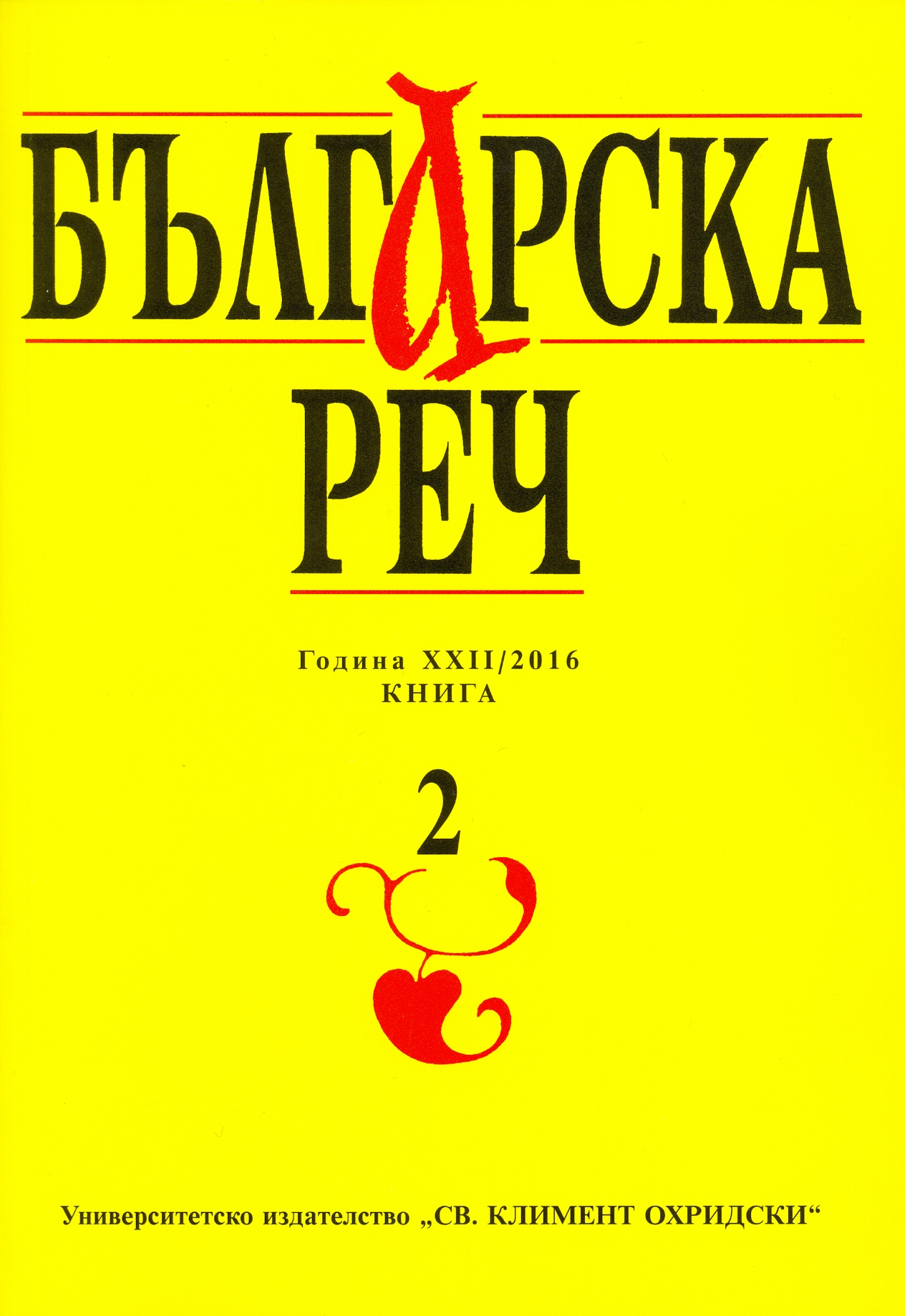Към аксиологията на болест в българската култура и език (Чумата – милостивият демон)
Towards an axiology of disease in Bulgarian culture and language: pest, the compassionate demon
Author(s): Mariya KitanovaSubject(s): Language studies, Language and Literature Studies, Theoretical Linguistics, Semantics, Philology
Published by: Софийски университет »Св. Климент Охридски«
Summary/Abstract: The concept of “pest“ has some interesting specifications in the Bulgarian language. The pest is one of the main negative folklore characters – a demonic creature, a generalization of Disease, Death, and Fate. Some of pest’s main characteristics are its femininity, its relation to the animal world, and the asymmetry in its image. The pest often takes the image of an animal. As a personalization the disease can embody various forms. Its zoomorphic images are: cat, dog, goat, goatling, mouse, wolf, hen, bird. From the objects it can take the form of a ball of thread – as a symbol of Fate. Pest’s image is dual. There are some positive features. Therefore, a very important characteristic of the pest is that it is a mother. As a mother, it can be conciliated by its children, and it has the ability to show mercy. What is specific about its image is that it can have both positive and negative connotation. That is one resemblance with the samodivas (nymphs) – whose identity is dual, too. In folk concepts the pest can be black or white. The white pest is merciful toward some people – it passes them by. So the pest also has the ability to choose people – which ones to take and which ones to pass by.
Journal: Българска реч. Списание за езикознание и езикова култура
- Issue Year: 2016
- Issue No: 2
- Page Range: 86-92
- Page Count: 7
- Language: Bulgarian
- Content File-PDF

